The reconnaissance generates information of the different operational levels of military action. This must be turned into intelligence. That is the reasonably trustworthy and sufficient knowledge of the enemy, his intentions and capacities and the fighting possibilities and transitability of fields, etc. To enable us to take a “founded resolution”, based on the use of our means and fighting forms, in accordance with our objectives.
Concepts y Principles of the Reconnaissance.
Reconnaissance is one of the most important functions to be fulfilled by units during operations. The information it provides, how it is elaborated and transmitted and to whom is a fundamental part of intelligence. This, finally, is one of the key factors of decisive command.
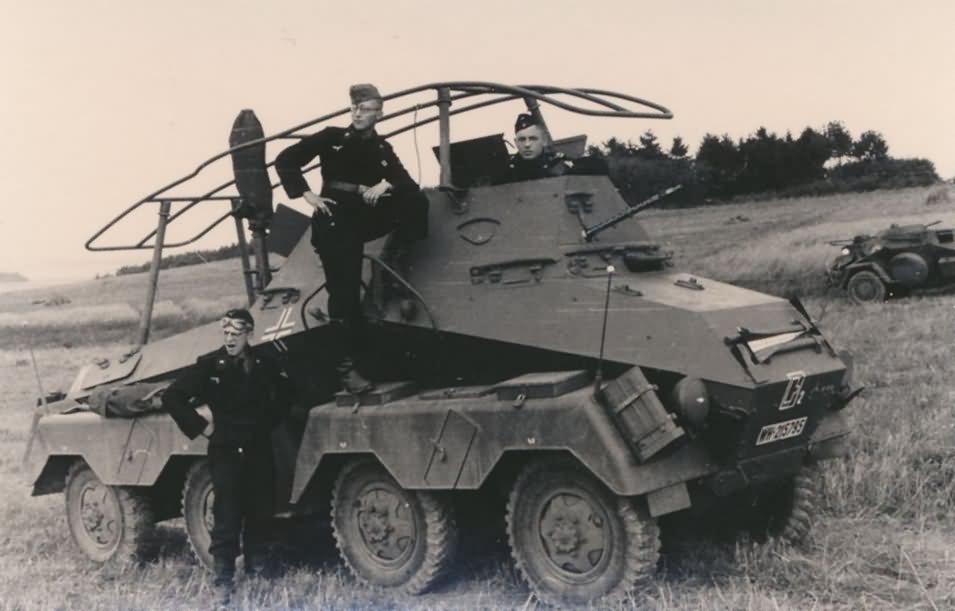 SDKFZ 263.
SDKFZ 263.
Reconnaissance can be divided into strategic, operational or tactical and combat, according to its mission and the area it encompasses. The strategic one seeks to uncover key information about the enemy in the operations deep theater: his concentrations of forces, his great movements, his important defensive lines and possible surface targets, etc. A surface target becomes a “destruction zone” by the effective action of heavy weapons of destruction, for example, reactive artillery or tactical nuclear devices.
The operational or tactical reconnaissance tries to define the situation and the intentions of the enemy in the operations area of the great units, type division, corps or army. It determines the movements of the enemy in the border zone between forces, his formations and deployments, his defense lines and possible surface targets. This reconnaissance is carried out by aviation, drones, specific reconnaissance units and the reinforced reconnaissance armored battalion of the corps. In this respect, a total connection and complement must exist in the missions of aviation and ground reconnaissance and keeping in mind that its task is never of fighting.
The reinforced reconnaissance battalion operates in a sector of up to 60 kilometers wide and 100 kilometers deep. Its advance over the parent unit must be at least 6 hours in order to utilize gathered information. On the basis of its reconnaissance order, battalion commander, keeping his companies always under control, can send up to 16 patrols of 3 vehicles to covering his sector, looking always for a gravitational center of the deployment. Having done this, he can send on the concentric center of the effort up to 2 patrols’ echelons, being relieved or being inserted, according to the used method. Finally, if the area to reconnoiter is occupied by the enemy, he can advance his companies as attack spears, under the screen of advance patrols. The battalion must not infiltrate very deeply inside the enemy deployment, if there exists a serious risk of being isolated.
 PANHARD AML 245.
PANHARD AML 245.
Not all Armies have given or given sufficient value to this last reconnaissance type, which depends on their military doctrine.
All the operational principles of reconnaissance could be summarized as follows: Always focus on the objective received from the command (its mission is to generate information, the combat will be done by others), seeking the maximum use of time and its means, getting and maintaining contact with the enemy and never losing the freedom of action. It will allow him to perform and to escape, without being caught by ever higher forces.
The tactical reconnaissance is also needed in the urban combats. Not always the tactical reconnaissance penetrates too much in the disputed or enemy area. The industrial or populated zones, full of «concealing relative heights» and staggered in depth, which offer protection from the enemy sights, even nearby, and covers against the light and heavy fire, «thicken» considerably the tactical maneuver of the contenders. Reducing this way, the depth of the fighting zone of the infantry. So, masses of the artillery, as batteries and medium groups of it, are deployed at very short distance to his enemy. In a artillery fighting zone then very next to the forward limit of the own defense position.
“On October 9, 1942 a patrol of Soviet reconnaissance entered behind the German lines in Stalingrad, seeking to detect the enemy movements in his rear. The 4 men sheltered in an auxiliary railroad coach, torn and left, placed in a railroad between the workshops of the Red October factory (where before were made metallic pieces and small weapon), at North-East of the city. And the disputed Mamaiev hill, towards the geographical center of Stalingrad, which was offering grand sights on most of the city.
 ENGESA EE-9 CASCAVEL.
ENGESA EE-9 CASCAVEL.
During almost the whole day they remained in that hiding place, communicating by radio to his lines the German activity. They had located several dozens of German mortars and howitzers, accompanied by the trucks which were moving his ammunition, by the rear roads to some emplacements placed in the suburbs of Stalingrad’s west. Also they located numerous mortars and pieces placed in a glen at the north of the Mamaiev hill, doing fire against the Soviet positions in the city.
On having got dark, the explorers broke a telephonic cable of the fixed enemy network of communications and hoped that the Germans were coming to repair it. Very soon they observed the light of a lantern and when the soldier came closer, killed him to shots. One of the Soviets disguised himself with his uniform and placed close to the route of the railroad, hoping that another German came closer the cut cable. Soon another lantern started approaching by the way. The soldier fell in the ambush and the explorers made it unconscious. On having recovered, he met 4 Soviets of foot together near him. Pulled down the soldier Willy Brandt gave his name, range and unit of belonging. Psychologically they had already gained the hand on him.
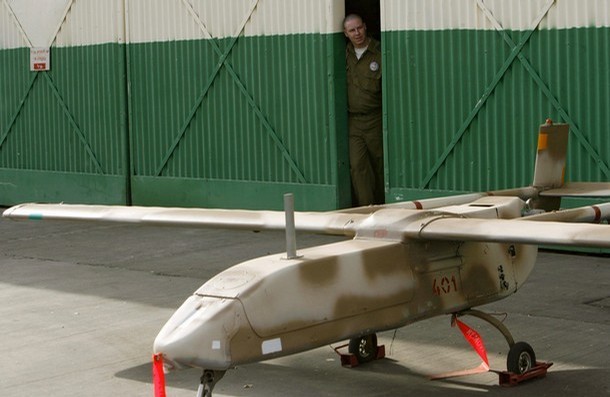 DRONE AQM-34 Ryan Firebee, IN VIETNAM.
DRONE AQM-34 Ryan Firebee, IN VIETNAM.
Immediately afterwards, the German told to the explorers that 94th German infantry division had come to the factories zone from the south of the city, that 24th panzer division was going towards there and that the Fuehrer had ordered that Stalingrad should be totally taken by October, 15. This confirmed to them the reason of the extensive movements estimated by them in the German operational zone.
For the small reconnaissance patrol, to take with it after his lines, a prisoner already interrogated, was more a nuisance and a danger that a minimal success. And, in spite of the hardness, even the brutality, of the combats in the city, they neither killed, nor mutilated him. The Soviets reported to Brandt that had revealed military secrets, took him to the railroad line and indicated the direction that he had to continue to reach his comrades and left him free”.
But, what is this of speaking about operational reconnaissance in the age of the electronics, the robotics and the computer science?
Almost 50 years ago, the North Americans had developed an arsenal of electronic devices, directed to the vigilance (surveillance) of his enemies in Vietnam. Already they had reconnaissance drones to monitor «from above» their guerrilla slippery enemy. That transmitted his images by television to the planes of detection and transmission, placed at dozens of km from the observed zone.
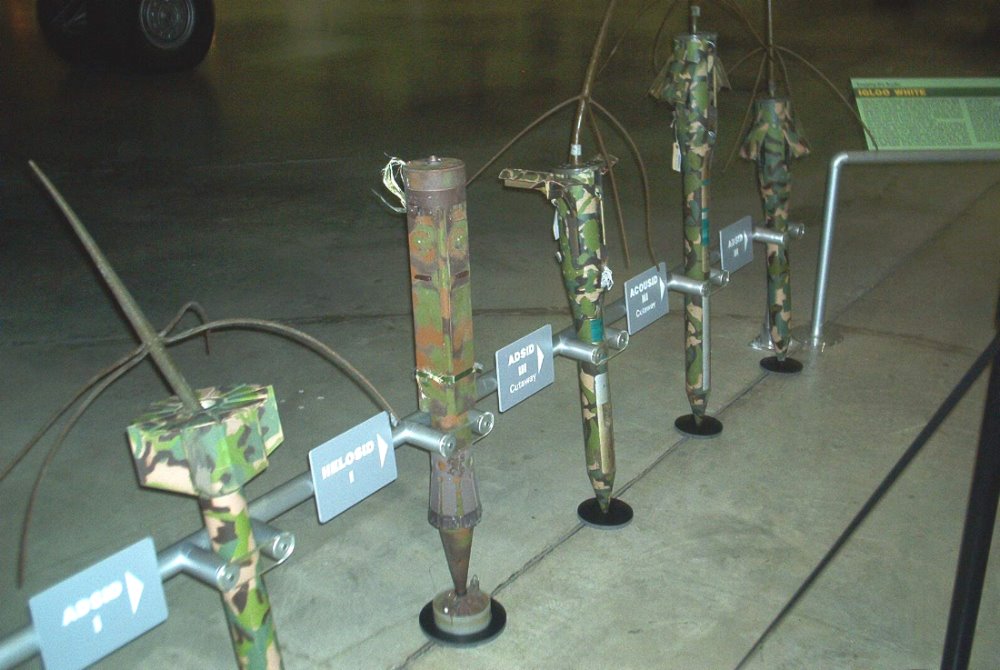 ADSID SENSORS .
ADSID SENSORS .
The principal sensor used in the remote vigilance was the ADSID (Air Delivered Seismic Intruder Device). It was thrown principally from the F-4 Phantom, following guidelines of navigation by radar, in order to cover adequately the observing zone, as a traffic route of men and vehicles, a parking or store. The device measured 91 cm. of length and 15 cm. of diameter. And on having fallen down was remaining almost buried, opening then a transmitting aerial of 120 cm. height, camouflaged as if it was a defoliated bush. His battery allowed it to issue during a month and half.
With these sophisticated artifices they were trying to observe the traffic of goods and men by the Ho Chi Minh Route, the route of supplies of the Popular Army of North Vietnam and the Vietcong in South Vietnam. It was a highly branched out and protected route that, departing from North Vietnam penetrated in Laos and crossed it. And then, detached diverse routes towards the different communist operations zones in South Vietnam.
The program «White Igloo» destined 1,7 thousands of million dollars between 1966 and 1971, for these tasks of compilation of information with the ADSID. With the information gathered from the traffic in the routes, the Americans were deciding the interdiction bombardment actions, using his different air devices, including the invisible and inaudible (with his cruise height) B-52 strategic bombardiers. At the beginning of 1971, the information of the aerial photos after the bombardments, taken by planes that were flying after the assault formations, allowed the analysts to suppose that the «war of trucks» was causing a very severe effort to the industrial capacity of the suppliers of North Vietnam (the USSR and China).
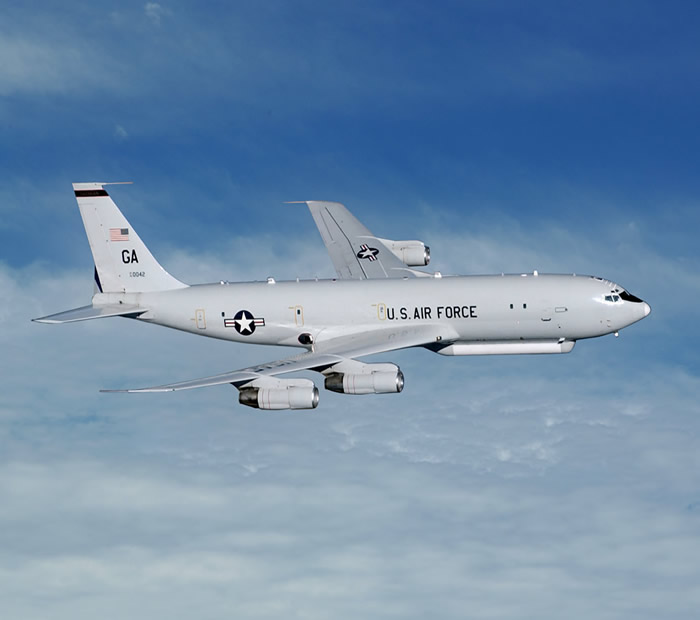 A BOEING OF THE JSTARS SYSTEM.
A BOEING OF THE JSTARS SYSTEM.
But, if it was true that were destroying so many trucks and equipment, how was possible that the communists were keeping the tactical initiative in South Vietnam? On the other hand, where were the tens of thousands of remains of trucks that literally had to cover many of the ways and parks of the Route? Who were bothering to remove them? The response was given soon by the American junior officers: they were ate by a monster called the «Great Laotian Truck Eater»; a horrible rotten that was getting up towards the dawn and was devouring the vehicles destroyed by the aviation during the night, after the photography for «wreck count». Because the Americans are very scrupulous with the statistics and consider the lie an almost inexcusable social sin for his civil servants.
Up to today, almost 50 years later, the electronics, the robotics and the computer science have continued improving. But it does not seem that they are useful in Iraq, Afghanistan or Syria, to detect a “donkey bomb”; to avoid that group of cruel fanatics without God («as Allah does the Good, make you also the Good and do not promote the corruption (the “evil», the Noble Koran orders them), destroys great part of one of the principal mosques sanctuaries of the chiism in Samarra; to know if in an Iraqi or Syrian house are terrorists or only a terrified Arabic family, before demolishing her with heavy fire from a distance and extremely, according to his military operational doctrine.
In addition, during enough time still the air and spatial American means, as spy satellites, drones or not crewed planes and planes of the system Joint Surveillance Target Attack Radar System (JSTARS), will have serious limitations for the detection and check of small ground, even regular, forces. In the areas of difficult transitability and with possibilities of concealment, as mountains, jungles and forests, marshes and urbanized zones (industrial, of logistics, and of housings). Those not only offer concealment, but also coverings from the fire up to the near combat distances.
The Americans do not use the tactical reconnaissance, which demands some tactical characteristics of semi independent elite forces and a specific moral courage. And that is one of the most difficult tasks of the infantry. They use the combat reconnaissance and call her, expressively, reconnaissance.
(TO BE CONTINUED).

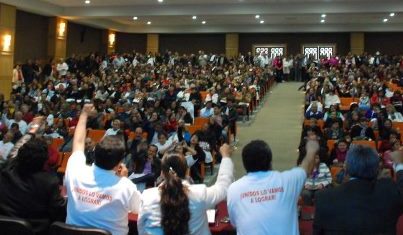
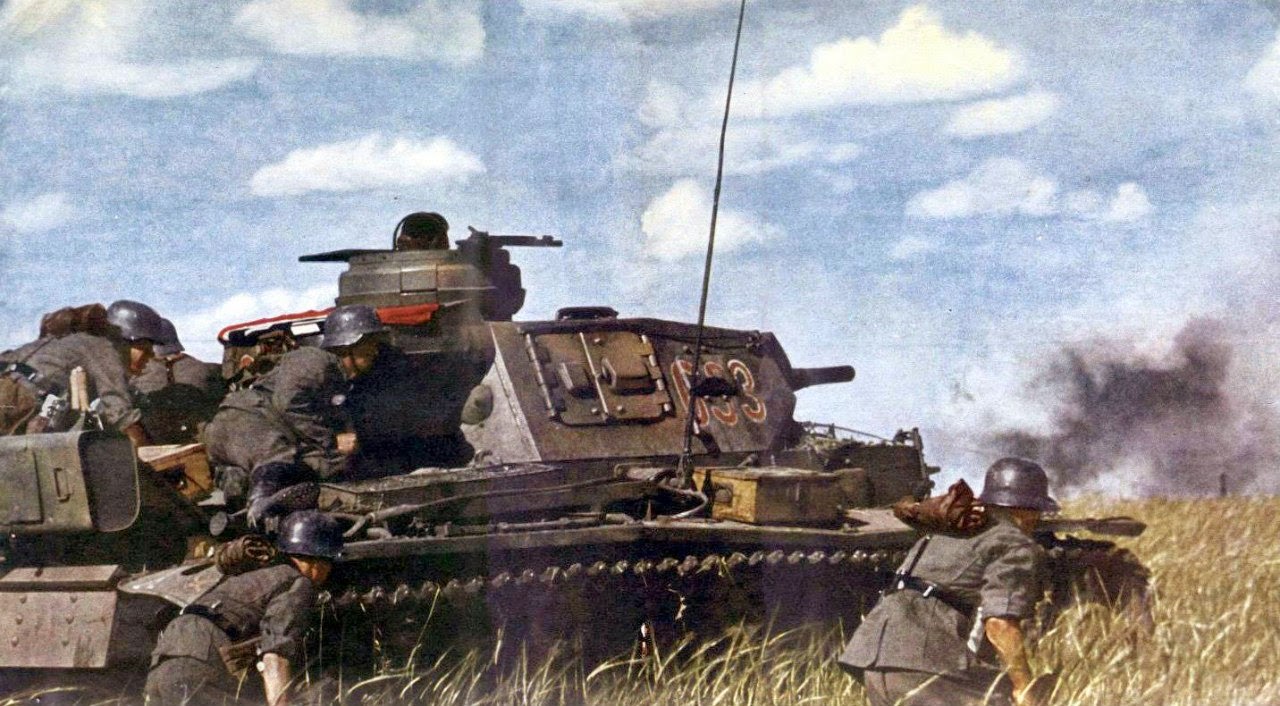

 THE SOVIET POLISH WAR OF 1920.
THE SOVIET POLISH WAR OF 1920. SWEEPING THE RUSSIAN HORDES.
SWEEPING THE RUSSIAN HORDES.

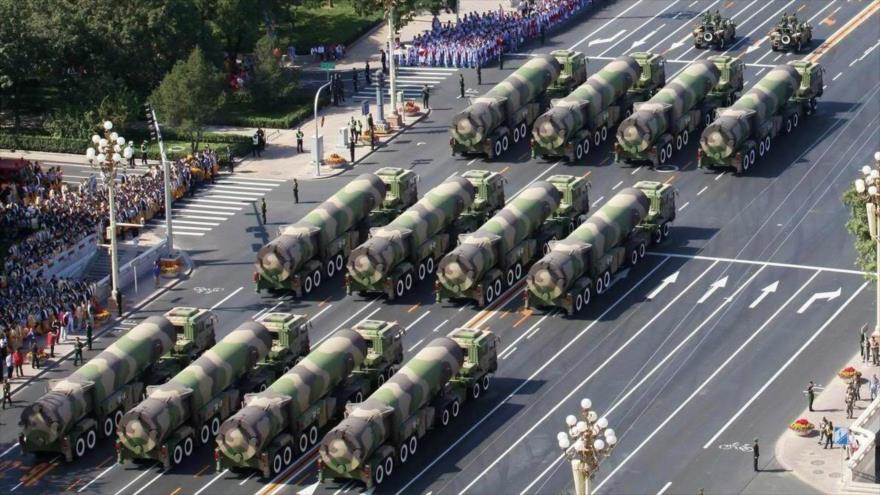


 Soviet infantry tanks riders.
Soviet infantry tanks riders.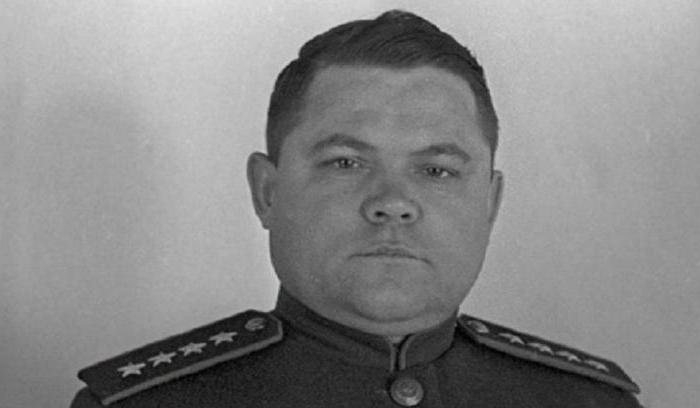 Lieutenant General Nikolai Vatutin, chief of the Southwest Front.
Lieutenant General Nikolai Vatutin, chief of the Southwest Front. Major General Vasily Badanov.
Major General Vasily Badanov. Fieldmarshall Erich von Manstein.
Fieldmarshall Erich von Manstein. Karl Spang, as German general.
Karl Spang, as German general.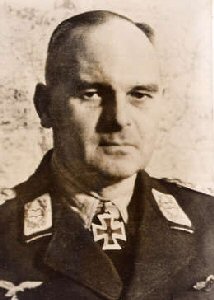 Lieutenant General Martin Fiebig
Lieutenant General Martin Fiebig T-70 Russian light tank.
T-70 Russian light tank. Colonel General Pavel Romistrov, commander of the 5º Tank Army of the Guard.
Colonel General Pavel Romistrov, commander of the 5º Tank Army of the Guard. Telegram of condolence of the General Assistant of the Secretary of the War to the family of one of the «missing persons» of the «Task Force Baum».
Telegram of condolence of the General Assistant of the Secretary of the War to the family of one of the «missing persons» of the «Task Force Baum».  Recent Marshal von Paulus surrenders his Staff in Stalingrad.
Recent Marshal von Paulus surrenders his Staff in Stalingrad. Colonel General of the Luftwaffe Wolfram von Richthofen.
Colonel General of the Luftwaffe Wolfram von Richthofen. The Marshal of the USSR Aleksander Vasilievsky.
The Marshal of the USSR Aleksander Vasilievsky. THE OPERATIONAL DEVELOPMENT.
THE OPERATIONAL DEVELOPMENT. ITS RESULT…
ITS RESULT…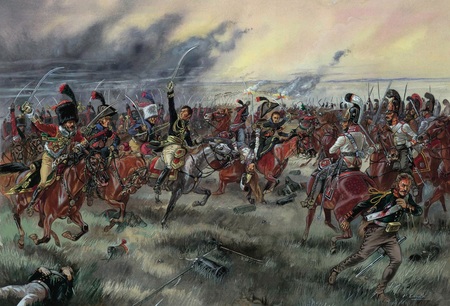 CREATED THE CONDITIONS FOR THE MILITARY DECISION: AUSTERLITZ.
CREATED THE CONDITIONS FOR THE MILITARY DECISION: AUSTERLITZ.




 GOOD AGAINST A II GENERATION ARMY AND MORE CENTRALIZED THAT OURS: THAT OF SADAM HUSSEIN.
GOOD AGAINST A II GENERATION ARMY AND MORE CENTRALIZED THAT OURS: THAT OF SADAM HUSSEIN. OBAMA FIRED CENTCOM GENERAL MATTIS WITHOUT A PHONE CALL.
OBAMA FIRED CENTCOM GENERAL MATTIS WITHOUT A PHONE CALL. SOME DEADLY RECORDS.
SOME DEADLY RECORDS.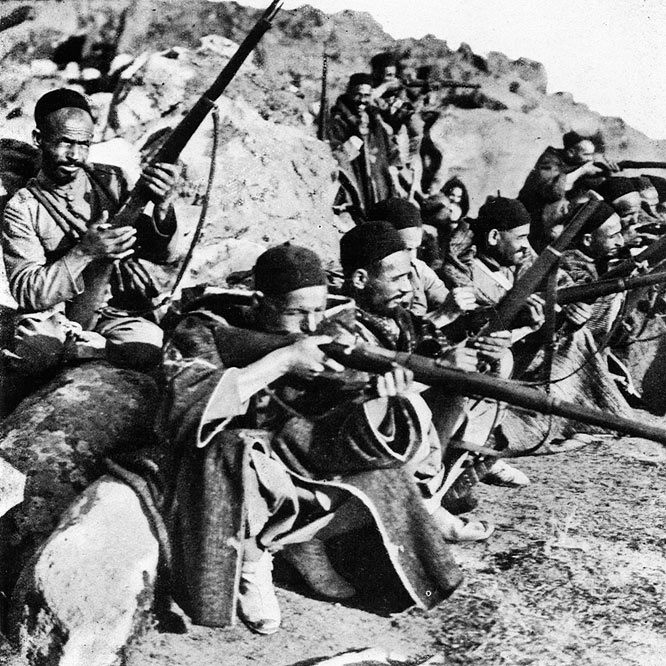 THEY ALSO COULD BE IRREGULARS.
THEY ALSO COULD BE IRREGULARS. WASTER SOLDIERS.
WASTER SOLDIERS. SOLDIERS DRINKING IN THE JAIL.
SOLDIERS DRINKING IN THE JAIL. GENERAL VATUTIN.
GENERAL VATUTIN. GENERAL POPOV.
GENERAL POPOV. THE SUPREME SOVIET COMMANDER.
THE SUPREME SOVIET COMMANDER. IN THE COVER OF «TIME» NEWSMAGAZINE…
IN THE COVER OF «TIME» NEWSMAGAZINE… THE GERMAN FIELDMARSCHAL’S COMMAND BATON.
THE GERMAN FIELDMARSCHAL’S COMMAND BATON.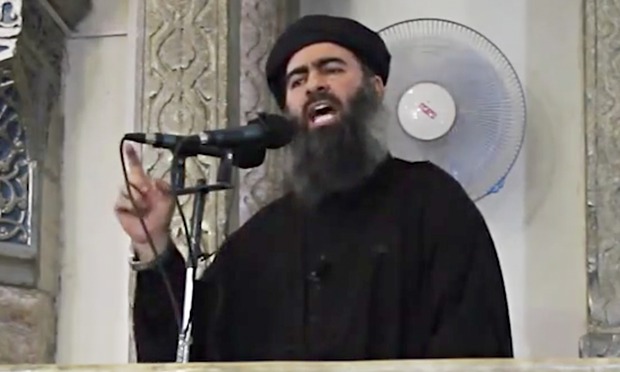 ABU BAKER AL-BAGDADI.
ABU BAKER AL-BAGDADI. AN EXECUTION IN PALMIRA.
AN EXECUTION IN PALMIRA.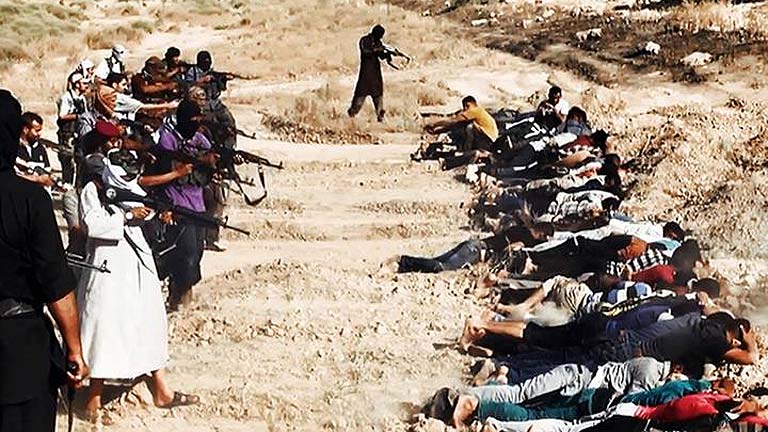 EXECUTIONS OF ENEMIES OF THE DAESH
EXECUTIONS OF ENEMIES OF THE DAESH THEY LOVE TOYOTAS, WHOSE PAY IT?
THEY LOVE TOYOTAS, WHOSE PAY IT? 
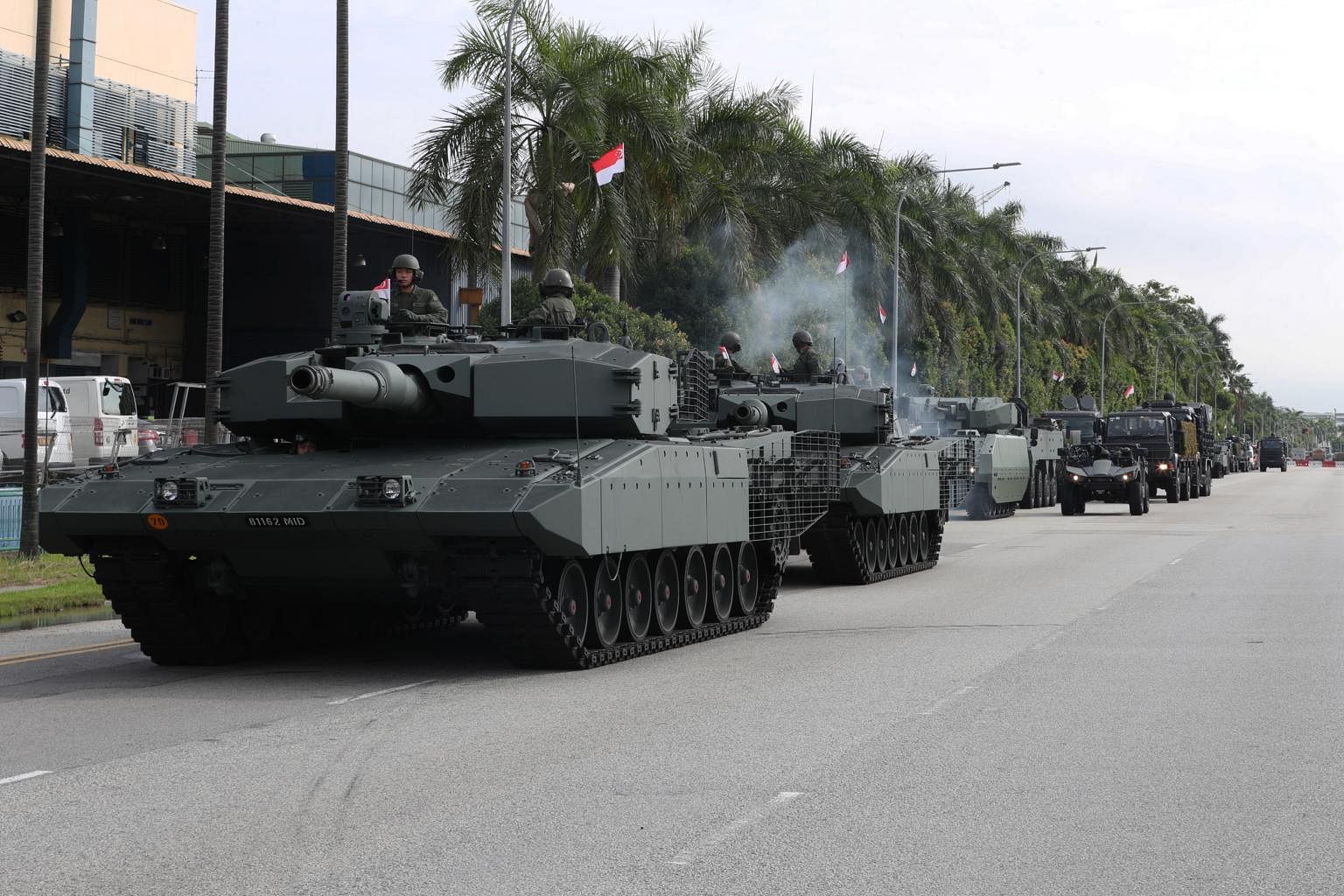

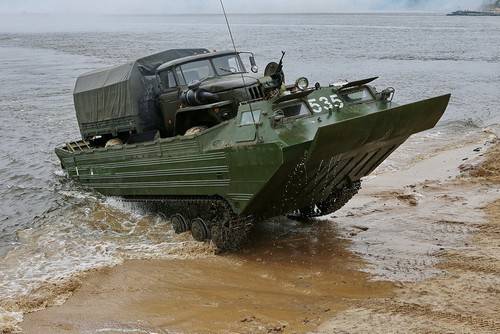

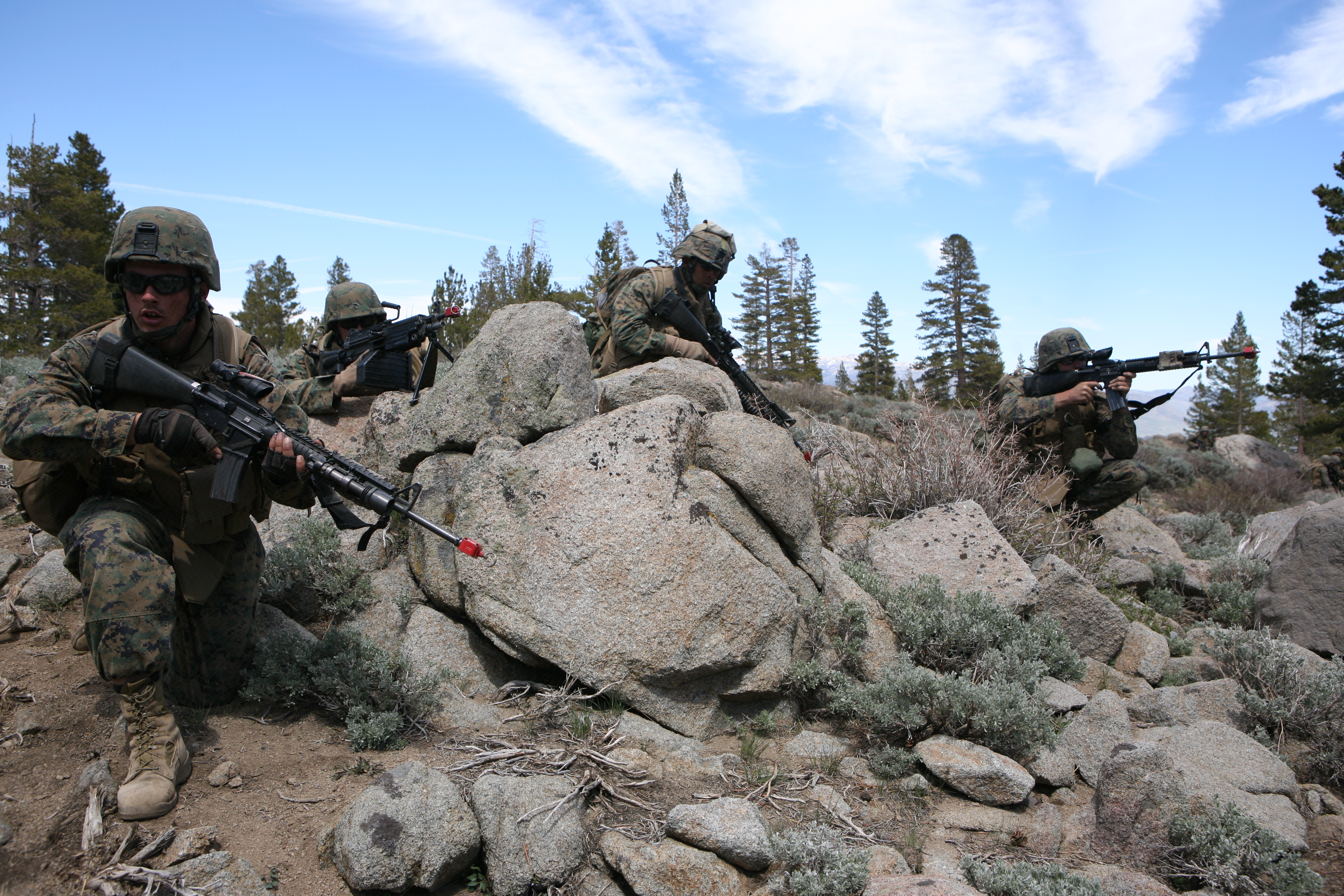
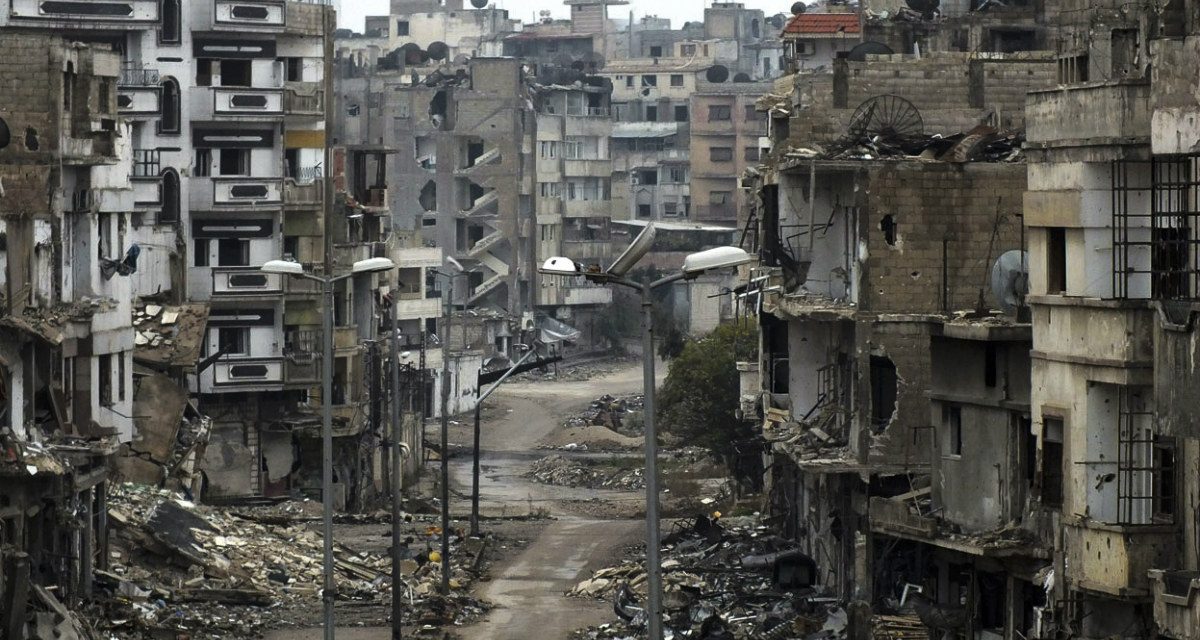
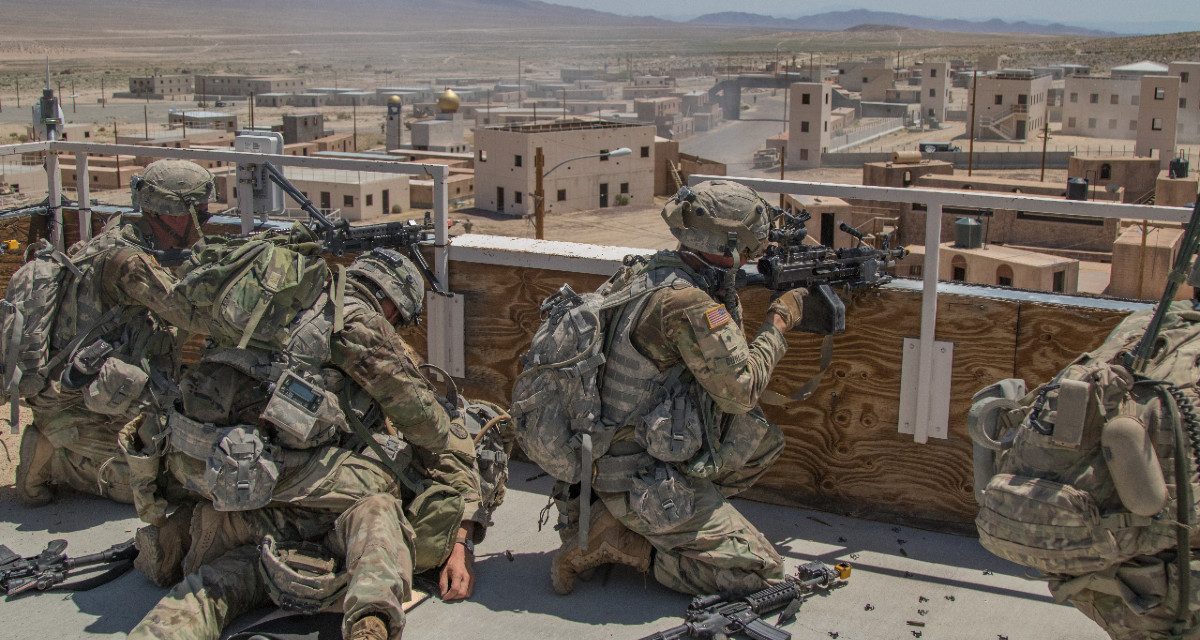
 JUST TAKING A REST…
JUST TAKING A REST…